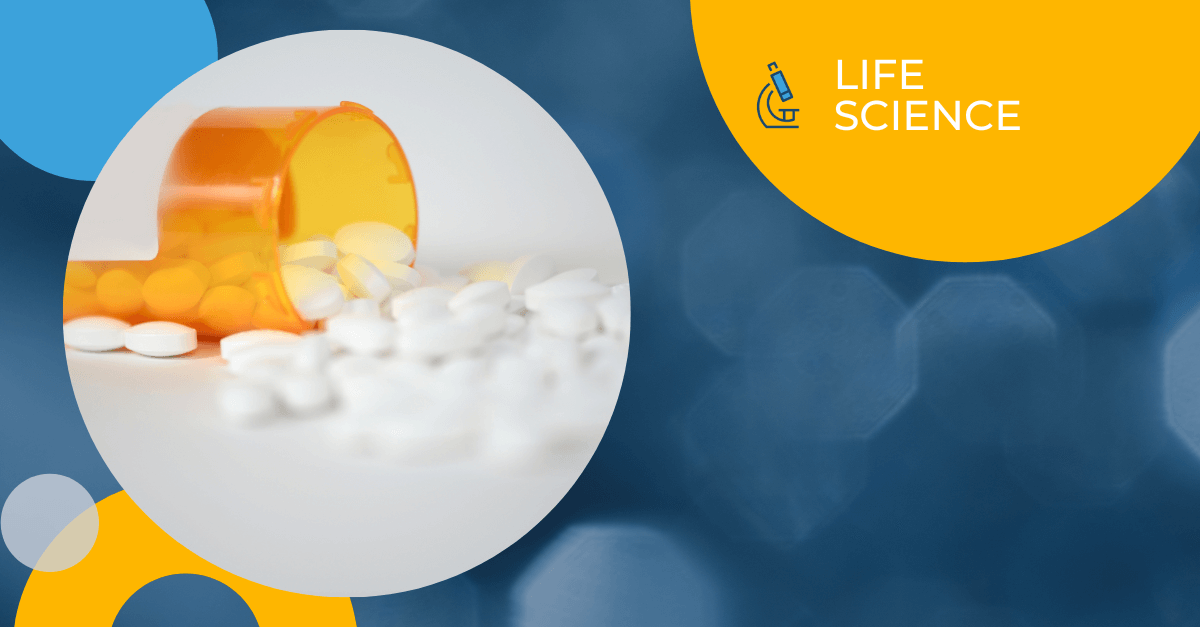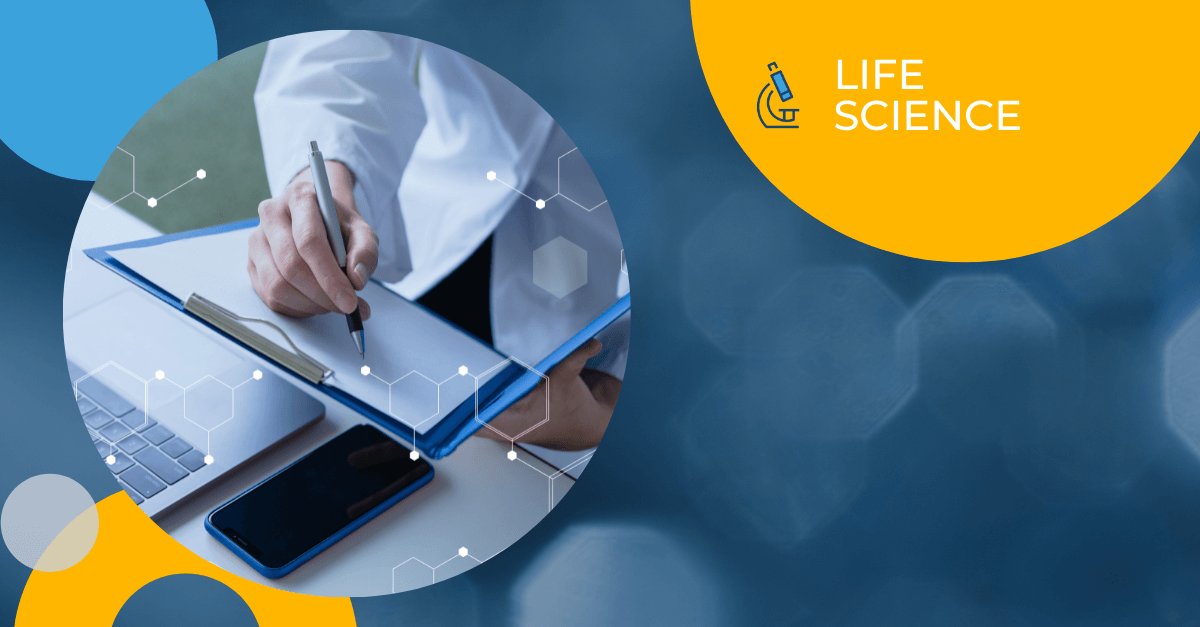Tag: labeling
Translating Medical Labeling

For pharmaceutical and medical device companies, a frequent medical translation need is labeling. Translating labeling and instructions is either an absolute requirement in order to sell their product in a specific target market, or else it is an important step in minimizing risk and liability. Most EU members require that medical device labels be translated into their official language, though some accept labeling in English as long as the device is exclusively for professional use. In practice the majority of medical device companies translate their labeling and instructions for use (IFUs) into the official languages of all EU countries in order to reduce risk and as a marketing tool. Similarly, pharmaceutical companies need to translate medical labeling and information on prescription medication like warnings, side effects, and frequency of use. These labels and instructions must be translated into dozens of languages, and can present a significant medical translation expense for life sciences companies.
In order to lower these medical translation expenses, some life sciences companies have turned to machine translation or cheap translators. This is a big no-no. Medical translation errors in labeling or IFUs could lead to regulatory or civil liability and are a leading cause of medical device recalls. Labeling translation requires absolute accuracy and precision. Machine translation is not yet accurate enough to translate the medical terminology used in medical labels. Likewise, very cheap translation companies either use inexperienced translators or don’t perform critical QA steps like back translations, in-country review, or readability testing. These steps go beyond standard translation industry QA like proofreading and review, and are rarely included in the standard rates that discount vendors are providing. Not only could the quality be an issue, you also could end up paying much more for the medical translation that you realized. Given the risk and liability involved in medical translation, deliverables must be absolutely error free. And the best way to ensure error-free labeling translations is turning to an experienced, ISO-certified medical translation company.
Get the latest insights delivered to your inbox
Translating for Life Sciences

The life sciences industry – which includes pharmaceutical, medical device, and healthcare companies – is truly a global business. For many industry leaders, the lion’s share of revenue comes from overseas markets. Whether you are working to secure IP rights in Japan or obtain regulatory approval in the EU, translating documents for multiple countries and jurisdictions is an intrinsic part of the process. Patent applications, clinical trial reports, labeling, patent applications, regulatory submissions, and product manuals are just a few examples of documents that have to be translated by life sciences companies on a regular basis.
Most of these documents are highly technical and require scientific knowledge and expertise that even a gifted translator does not necessarily possess. The translator should have an educational background in the subject matter and science at issue, and preferably should also have industry experience. They should also be native speakers of the target language. Additionally, the translator should have multiple years of experience translating documents that deal with similar technologies and processes.
Morningside adds one final stipulation: the translator must also be located in the target country. This means documents intended for China are translated in China, and documents intended for Taiwan are translated in Taiwan. Why? Because in-country translators and editors are up to date on legal and formatting requirements for local agencies and offices, familiar with the cultural sensitivities and norms of the target market, and can ensure that the translation complies with country-specific terminology, measurements, and style. In-country translation and review is a great way to ensure that you are effectively communicating with the overseas officials, regulators, and consumers who play a critical role in your company’s success.

